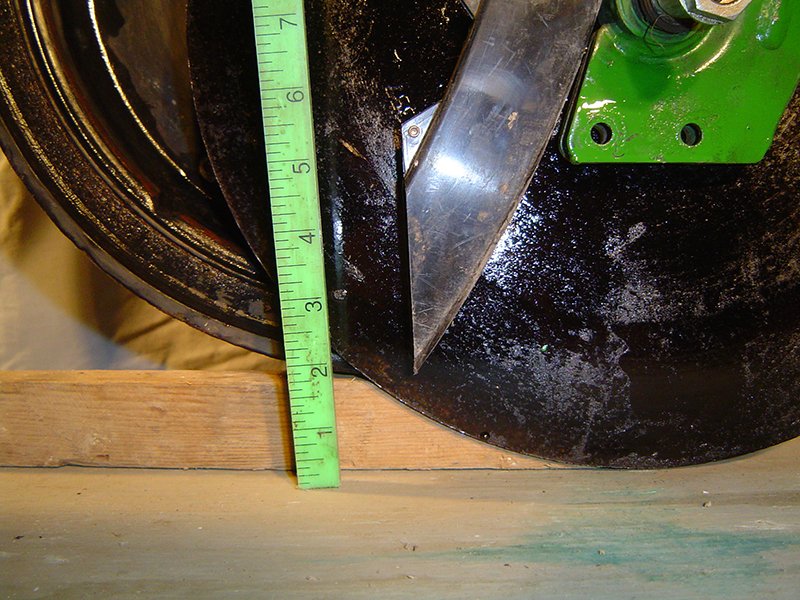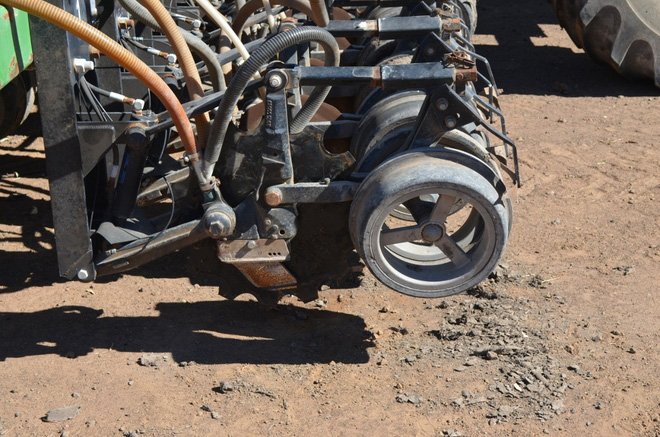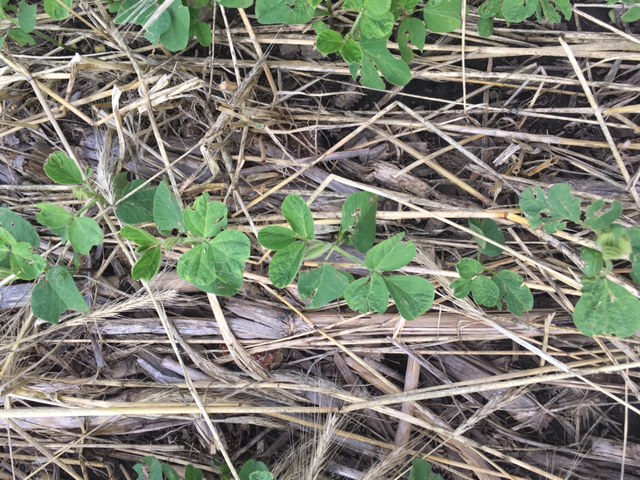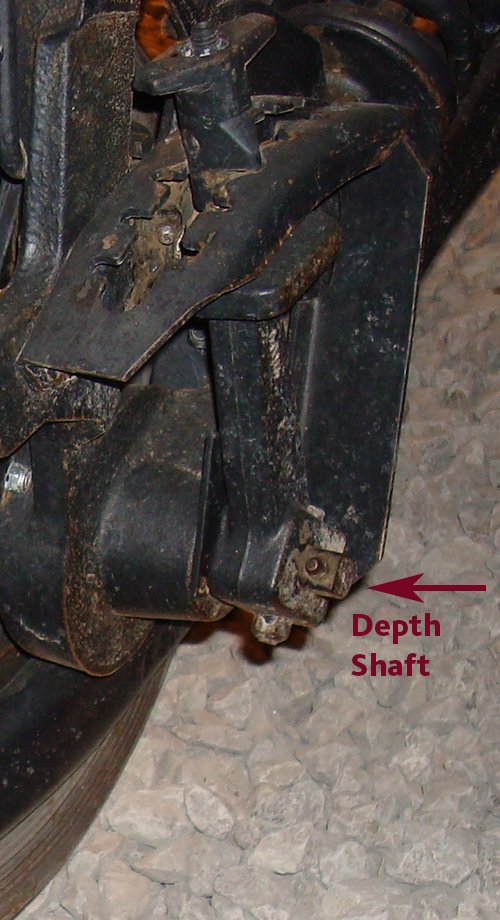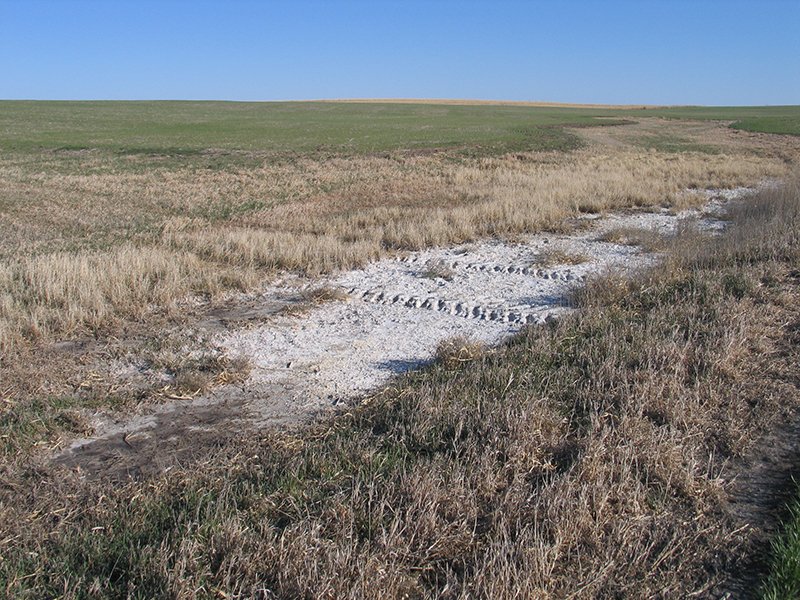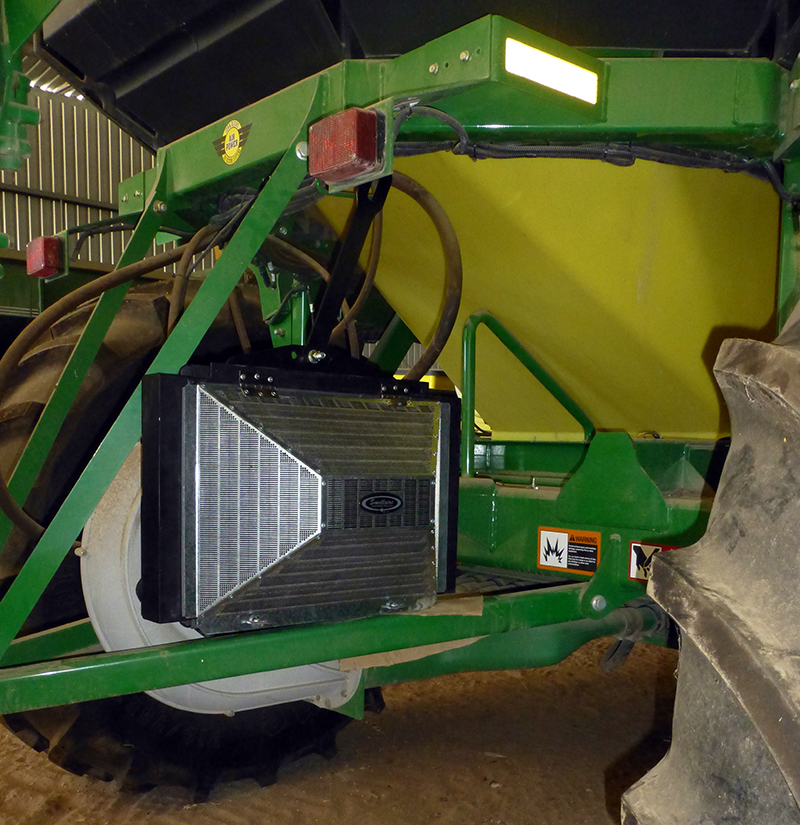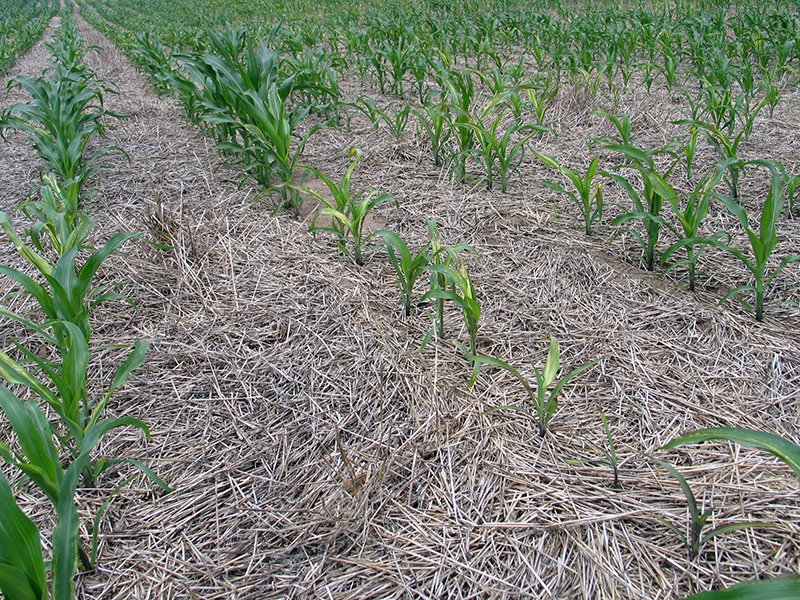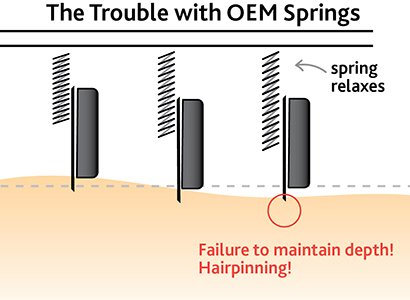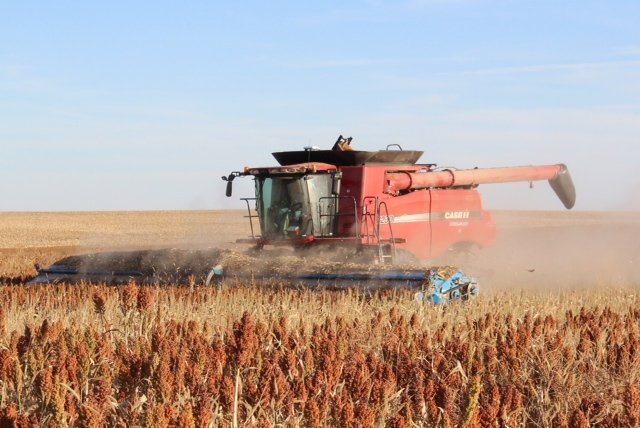
Shelbournes: The Value of Tall Stubble
by Matt Hagny, freelance agronomic consultant for no-till since ’94; founder & president of Exapta Solutions since ’99. Some no-tillers who grow a fair number of acres of small grains have been using Shelbournes (or the old AGCO stripper heads) for 20 yrs already. It’s time for the rest of you

